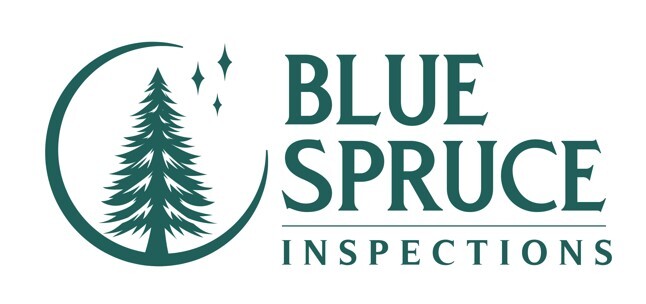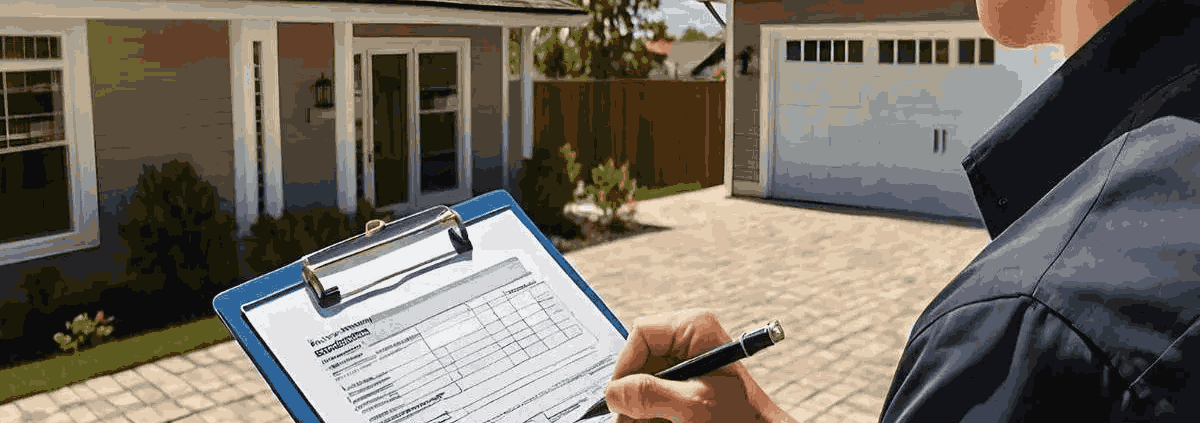How to Read Your Home Inspection Report: A Guide for Homebuyers
Buying your own house is thrilling. At the same time, it involves a lot of choices and a mountain of paperwork. Your home inspection report is one of the most important documents you’ll receive during the process.
At the start, it looks like too much to handle. Every page has bullet points, technical terms, photographs, illustrations, and notes. Sometimes, you might ask yourself if the house is falling apart or what’s happening is normal.
Don’t worry.
In this guide, we’ll walk you through how to read your home inspection report in a way that makes sense. After taking this lesson, you’ll know the key points, the usual practices, and how to use the report to take action.
What Is A Home Inspection Report
A home inspection report is a detailed summary of a home’s condition based on a visual inspection by a licensed professional. Among the key systems and structures it covers are:
- Roof.
- Foundation.
- Electrical.
- Plumbing.
- Heating, ventilation, and air conditioning, also known as HVAC.
- Appliances.
- Attic, basement, and crawlspaces.
When inspecting, the inspector is on the lookout for hazards, clear damage, and signs that something is slowly disintegrating or worn.
Keep in mind your home is not being graded as pass or fail. A home inspection report is meant to explain how the home is now.
How Long Does It Take to Get a Home Inspection Report
Most buyers ask, How long does it take to get a home inspection report?
In most cases, you can expect to have it within 24 to 48 hours after your inspection. Some inspectors give overviews or highlights soon after the visit, though the formal report comes after one or two days.
The time from the initial assessment to the completion of the report is very short; how you use it is what makes all the difference.
First Impressions: Don’t Panic
It might look like a lot when you first open your home inspection report. Problems can even appear in brand-new homes, and that’s normal.
Think about it like getting your car checked. Though the mechanic could suggest many repairs, not all of them are serious.
Inspectors check for areas that could be improved, something to be ignored, or something to be monitored over time.
How To Work With The Report
Here’s our step-by-step guide on how to read and interpret your home inspection report.
It’s Best To Begin With The Summary
Most reports have a summary section at the beginning. This section provides a synopsis of the inspection, and you must not skip it.
It points out the biggest problems, such as roof leaks, damage to the foundation, and dangers from electricity or leaky plumbing. Look here first to gain an overview of the most important things.
Study The Main Systems
Pay specific attention to things that can affect the safety or are pricey to fix:
- Check the roof’s state and look for signs of aging, leaks, or missing shingles.
- If a panel is old or wiring is left open, it can cause a fire and be dangerous.
- If you see rust or moisture or notice leaks anywhere in the plumbing, it’s a warning sign.
- Test whether the heating and cooling system works correctly, how old it is, or if it’s due for maintenance.
If something like these areas comes up, you should investigate further.
Get To Know The Ratings
Many home inspection reports use a rating system to categorize findings:
- OK: This is working out well.
- Monitor: There is a chance that attention will be needed down the line.
- Repair or Replace: Something should be fixed soon.
- Further Evaluation: Experts should inspect it further.
They allow you to identify which actions are necessary and which ones aren’t.
Small Changes You Shouldn’t Sweat Over
We are listing a few issues that you might see in reports, but that aren’t usually major problems:
- Loose handles and doorknobs.
- Lost window screens.
- Drywall or concrete that shows minor cracks.
- GFCI outlets aren’t tripping when they should.
- Slightly sloping gutters.
For the most part, these issues require simple repairs or replacements and don’t pose a threat.
Red Flags You Must Not Ignore
It’s worthwhile to seriously look at these issues:
- Cracks in the walls of the foundation.
- Damage to the basement or attic caused by water.
- Mold or mildew causing plumbing problems.
- Using knob-and-tube wiring (a type no longer approved).
- Partially damaged roof.
- Pest infestations.
They could require a specialist’s inspection or may require you to revise your offer or negotiate more favorable sale terms with the seller.
What Comes After You’ve Read the Report
After reading your home inspection report, take these steps:
- Discuss with your agent which problems demand repairs or a lower price.
- Get additional offers for items that require further evaluation. Ask contractors or experts for their input.
- Make a plan for what repairs the seller will do, what needs your attention, and what isn’t urgent for now.
Stat: According to a survey by Porch, 86% of buyers who used a home inspection report were able to get at least one repair or concession from the seller.
Be Realistic And Stay Informed
Even brand-new homes can’t be perfect. The goal of a home inspection report isn’t to scare you away. It’s meant to help you choose wisely as a buyer.
Consider the budget as your guide for making decisions. It shows which areas in your home need money, time, or attention. The right data will allow you to choose with full confidence.
Use Your Report To Your Advantage
Reading your home inspection report doesn’t have to feel like reading a medical chart in another language. If you follow a few tips, you’ll understand what to focus on, what to expect, and how to proceed. It gives you the information you need to make a smart choice about a major expense.
At Blue Spruce Inspection, we don’t stick to just handing you the report; we fully explain it to you. Our licensed inspectors provide clear and detailed home inspection reports with photos, summaries, and real-world advice. You’ll always know what is urgent, what is usual, and what you can expect in the future.
Are you looking to purchase a home? Don’t start without being informed.
Let Blue Spruce Inspection help you with your home inspection so you can confidently make your next move.







Leave a Reply
Want to join the discussion?Feel free to contribute!